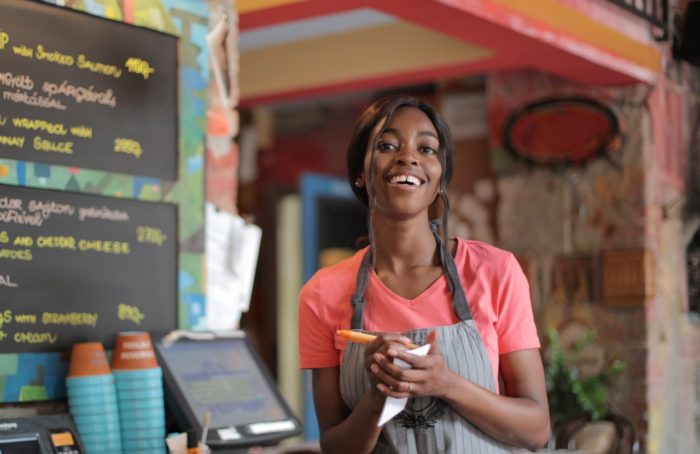
Can you believe it? After months of sheltering in place, things are finally opening back up. And while all businesses are grappling with different obstacles to reopening after COVID-19, the restaurant industry has its own set of unique challenges.
Restaurants everywhere must find a way to restore trust in the dining experience. That may be no easy task, but there are steps restauranteurs can take to aid in the recovery process.
1. Revision and re-costing
First and foremost, with lower revenue from occupancy caps and decreased demand, cutting costs is critical. In response, restauranteurs should aim to increase profits by lowering food costs.
Carve out some time for a “revision and re-costing” strategy session to identify menu items that can be modified by substituting lower-cost ingredients or limiting the use of more expensive foods. Other things to consider:
- While revising some menu items can be very helpful in cutting costs, beware of altering key “signature” menu items that are part of your brand identity.
- Can you bundle multiple items to create a combo?
- Going all-disposable with dishes and flatware will result in higher costs. Plan for this!
- Minimize modifiers on menu items to reduce errors and cut costs from these ingredients.
- Consider running promotions to get customers to return.
2. You gotta shop around
Now that you’ve reconstructed your menu to minimize high-cost ingredients, it’s time to make sure you’re getting the best price on your ingredients.
Shop around with niche suppliers to see if they have lower costs than the big-name suppliers. Additionally, farmers’ markets have thrived throughout the pandemic and are currently more cost-effective than traditional big-name suppliers.
Finally, don’t be scared to talk to your vendors about price! A lot of vendors (especially produce vendors!) will work with you on your minimum. Engage in the conversation to find a price point that will work for both of you.
3. Rehire and recall your team
Once your menu and supply chain are optimized, it’s time to turn your attention to your team. Be sure you are incorporating proper rehire procedures, reporting to EDD, and have a plan for employees who decide not to return.
If possible, document in writing any refusals to return to work. For more specific questions on rehiring/recalling employees and “return to work” best practices, check out these helpful webinars:
Finally, minimize your workload with free resources like the templates and information available in SDP’s COVID-19 Resources Hub to take the compliance burden off your plate.
4. Employee retraining
Next, it’s important to set proper expectations with your team. COVID-19 has undeniably altered restaurant operations, and as an employer, it’s your job to inform employees of new policies and procedures. This includes:
- Use of PPE (Note: You’ll also need to plan the purchase of these items!)
- Temperature checks for employees and/or guests
- Glove protocol
You’ll also need to appoint one or more individuals to be in charge of these health and safety protocols. And remember, it’s about making things more visibly controlled than enforced.
The goal is not to scare guests away with a bouncer at the door, but instead, to have a friendly employee greet them with a temperature checker. Again, it all goes back to the initial goal of restoring trust in the dining experience.
5. Leverage technology
Operating in a contact-less fashion, technology can be your best friend. So be sure to research what will work best for you!
For restaurants who previously invested in kiosks for self-serve ordering, many of these can be contact-less with cell phones for a “mobile kiosk” experience. Another piece of technology you may find helpful for your restaurant is texting for reservation reminders and “table ready” notifications.
Not only can this help restaurants operating on a reservation-only basis for capacity reasons and to minimize the number of people waiting inside, but it also serves a dual-purpose as a method of contact tracing in the event that there is a COVID-19 exposure at your location.
What Do You Think?
There is a light at the end of the tunnel. The future is uncertain, and the present is extra stressful. However, as the country continues to move forward through the pandemic we are excited and proud to be part of this resilient business community.
For more resources on how to bring employees back and answer other Return To Work questions for your restaurant, be sure to check out our COVID-19 Resources Hub. Lastly, don’t forget to follow us out on Facebook, Twitter, and LinkedIn for even more business tips & tricks!
Photo by Andrea Piacquadio from Pexels
